Deronda G400 Sports Car - Race Bred Exotic - Roadster - Street or Track
- Condition: Used
- Make: Other Makes
- Model: Deronda G400 Sports Car
- Type: Roadster
- Year: 2009
- Mileage: 3,000
- VIN: 00000000000000000
- Color: Red
- Engine size: 6.2L GM LS2 V8
- Number of cylinders: 8
- Fuel: Gasoline
- Transmission: Manual
- Drive type: RWD
- Interior color: Black
- Vehicle Title: Clear
- Interested?
2009 Other Makes Deronda G400 Sports Car Description
VIN: MI0028A110L082208 Ebay system would not accept an "assembled roadster" VIN so the listing contains all zeros. This is the true VIN granted by the State of Michigan.Street legal in 50 states when titled this way.
This is the original build. Car is ready to run and drive. Will come with a full spares package, body molds, extra body work, tires, brakes, coilovers etc. I will put together a package for the buyer.
I could spend all day detailing the work in this car but I'd rather let Jay Leno in a feature of Jay Leno's Garage, and Michael Harley of Autoblog tell the story. Video and article below.
Photos Copyright Drew Phillips/Weblogs, Inc.
Click HERE to see the episode of Jay Leno's Garage featuring THIS car.
2009 Deronda G400
Titled and registered and DOT street legal in all US states.
0-60 in just over 3 seconds with ideal tire and driver.
Top Speed: runs out of gear around 180-190 mph.
Weight – 1900 lbs. dry (40/60 FR weight ratio)
Wheelbase 101”
Total Height 45”
Total Length 155”
Powder coated 4130 Chromoly tube chassis, professionally TIG welded.
Double side-impact protection bars (two on each side) to supplement main chassis tubes.
Front crash structure and rear crash bar.
Fully braced dual roll hoops hidden behind headrests.
ATL foam baffled, race quality fuel cell.
Fiberglass/Carbon Fiber bodywork.
Baer 4-piston calipers. 13” rotor front. 12” rotor rears.
Adjustable brake bias.
Onboard fire suppression system.
GM LS2 – 400hp/400lb-ft
Porsche G50 Transaxle
Launch Control.
Traction Control
18/19” staggered aluminum alloy wheels.
Jet-Hot coated 304 stainless steel exhaust with catalytic converters.
Toyo T1R Proxes tires (plus extra set)
Double wishbone suspension design.
Inboard pushrod actuated OHLINS 2-way adjustable dampers.
Forged aluminum uprights.
Adjustable steering column, pedals and seat position (fits drivers from 5’2” to 6’4” comfortably).
SPA programmable dash.
The following text is from Michael Harley's "First Drive: Deronda G400 - A race-bred exotic sports car." on Autoblog.
Close your eyes and build the ultimate two-seat sports car. Start with a lightweight, tube-frame chassis and then add race-bred suspension and oversized brakes. Wrap the vehicle in an aero-inspired carbon fiber body shell, but keep the generous cockpit open for wind-in-your-hair enjoyment. Lastly, wedge a huge, torque-laden, tire-shredding engine into the middle of the chassis, and tune the exhaust note so it scares the gophers out of your neighbor's front lawn. Now, open your eyes and take a look at the Deronda G400.
We recently had an afternoon with this exceptional hand-built brute in the mountains above Malibu. With a mid-mounted V8 sourced from a Chevrolet Corvette and the curb weight of a Smart fortwo, the Deronda seems powerful enough to move the economy. What's the story behind the car? Who makes it, and how? Most importantly, can the Deronda be tamed? Read our full adventure after the jump.The Deronda was originally developed in the United Kingdom by Andy Round, a successful aeronautical engineer. Round wanted to purchase a lightweight high-performance road car, but was frustrated and dissatisfied with what he found after looking at offerings from Caterham, Ultima and Westfield. In a bold move, Round decided to build his own sports car using the most advanced components and materials he could get his hands on. Driving dynamics and safety were key priorities, while styling was to be influenced by Formula 1 and Le Mans Series race cars. The first prototype, manufactured by Fabrication Techniques, was called the Deronda F400. a turbocharged Audi 1.8-liter four-cylinder rated at 210 hp, Round's new open-cockpit sports car made its debut at the 2004 Autosport International Racing Car Show in the UK.
At this point, Autosport Development, a North American manufacturer and importer of unique street and race cars, was sufficiently impressed with the engineering and design of the Deronda that it wanted to build it. Discussions ensued, and the company licensed the rights to build and sell the car on this continent. Before production started, the team of engineers at Autosport made a few changes in order to appeal to American drivers. The small 1.8-liter Audi engine was dropped, and a Corvette-sourced 6.0-liter V-8 took its place. To accommodate the much larger powerplant, the team stretched the wheelbase by five inches (increasing overall length by eight inches). The brakes were upgraded, and the suspension was modified to accept the new running gear. The finished product was called the Deronda G400. Available directly from Sirius Motorsports, it is sold turn-key and according to the company, it is 50-state street legal (when licensed as a component car).Each Deronda begins as a pile of two-inch diameter (.095 wall) 4130 chromium molybdenum tubes. Stronger and more durable than standard 1020 steel, "chrome moly" is steel that has been alloyed with small amounts of chromium and molybdenum to increase its strength. The tubing is precisely cut and placed on a large jig where it is TIG-welded by hand. Safety is principal, so the frame is engineered with double side-impact protection tubing, and double rollover hoops (four in total). Crash structures are built into the front and rear for additional occupant protection. Once complete, the intricate frame weighs 650 pounds bare.
A custom suspension, comprised of unequal-length control arms with horizontal mounted shocks, is bolted to the rigid platform. Massive cross-drilled Baer rotors are installed with dual-piston caliper Corvette C5 brakes up front (CNC-milled with the Deronda logo) and single-piston C5 calipers on the rear. Aluminum alloy front wheels measure 18x9-inches (wearing 235/30R18 rubber), while the rears measure 18x10-inches (with 285/35R18 tires).
Placed mid-engine in the chassis is a new 6.0-liter LS2 engine (as used in the Corvette C6), mated to a durable Porsche G50 five-speed transaxle, with power delivered to the rear wheels. With stock headers, and environmentally-friendly catalytic converters, the engine is rated at 400 hp and 400 lb-ft of torque. A 14-gallon foam-filled ATL fuel cell keeps the powerplant fed, and increases safety (a tank-fed fire-suppression system is optional). The exhaust is fitted with a muffler, but it still lets plenty of the engine's anger out the back end.
The skin of each Deronda is comprised of a mixture of fiberglass and carbon fiber body panels. The head rest, dashboard, rear wing, and fenders are all carbon fiber. Twin minimally-padded fiberglass seats with six-point harnesses are installed, and the windshield is DOT-legal single-piece of laminated glass with a windshield wiper. The entire build process, from tubing to a finished vehicle, takes about eight weeks. The final curb weight is a mere 1,890 pounds.Simple, yet functional, is the best way to describe the cabin. The dashboard presents only the most critical information. While the vehicle obviously lacks doors and a roof, heat arrives from air spilled around the front-mounted radiator. Small vents, not unlike ports found on light private aircraft, are able to bleed fresh air into the foot wells. Modeled with dimensions similar to the Porsche 996, the cockpit is accommodating even for someone who is 6'2" tall or taller. The seats and pedals are both adjustable for a custom fit to accommodate nearly everyone.
After a perplexing process of flipping switches and pushing buttons, the brawny V8 spins to life and settles to a smooth idle. Stock Corvette headers dump hot gasses into the cats before they are expelled out twin howitzer-looking mufflers. The sound that penetrates the air is a deep irate rumble that will send chills up your spine. With the clutch fully depressed, we slip the milled aluminum shifter into first gear and slowly release the clutch. Without drama, we pull away. Lacking power steering, the small, flat-bottomed Sparco steering wheel is very heavy at low speeds. The driveway to the main road is steep, but the needle nose of the Deronda offers surprisingly generous ground clearance. As the traffic breaks, we pull into traffic pointing the car down California's famed Mulholland Drive towards the Santa Monica Mountains. Warned about the power under our right foot, we treat the gas pedal as if it were a made from blown glass – we don't need to spin this vehicle just outside the gate. With the road clear, we goose the accelerator.
It is immediately apparent that this could be the quickest car we've ever driven.The engine spools to the called-for throttle input as if the transmission is in neutral, yet the car is firmly in gear. A light touch on the gas pedal is met by the white needles on the primary gauges rapidly sprinting clockwise around their dials. Behind you, the roar of the LS2 seems to scorch the pavement like the DeLorean in Back to the Future. Gearing doesn't seem to have much effect on the acceleration, either. Whether the transmission is engaged in second or fifth gear, 400 lb.-ft. of torque propels the lightweight G400 as if it were being launched from a 12-gauge shotgun.
On public roads, with the wheels wrapped in street tires, the Deronda is seriously challenged for grip (the car is equipped with an adjustable electronic traction control that can be completely defeated). The wide Toyo Proxes T1R rubber on the rears immediately spins under full throttle – initiating the electronic reigns, so we simply avoid the last 40% of the accelerator's travel. Even driven at only 6/10ths, the car offers more power than nearly everything else on the road. The company doesn't have cited official 0-60 mph times, but under the right conditions we're sure it's comfortably in the low three-second range. Deronda says the G400 runs out of gears at an ample 183 mph - well above the top ends of most minimalist competitors.Redline is a tick under 6,000 rpm, but you simply don't need to go there. The car pulls all the time, regardless of the engine speed or gear. Lug it around town in fourth at 1,200 rpm and it will deliver enough torque to annihilate the random Subaru WRX that begs to race. For all of its power, the engine is surprisingly tractable and easy to control. Drive it gently, and you flow with the traffic without concern. Step on the gas and the Deronda growls before it rips your head off. Rarely do you find a car with a bite that so exactly matches its bark.
Blinding acceleration aside, the overall impression is that the Deronda drives much more like a race car than a street car. Without power assisted steering or brakes, the primary controls feel much heavier that those on any high performance road vehicle. Both hands, and both feet, are constantly interacting with the wheel, clutch, brake, and accelerator. "Involving" would be a supreme understatement.
After time spent following the roads curving through the mountains, we became much more comfortable in the Deronda. Excellent front visibility allows the driver to precisely place the wheels exactly where intended. While the steering was a chore at low speeds, the effort eased as our velocity increased. The lack of assist soon becomes an asset as the steering feels quick, accurate and very direct.
Our insatiable appetite for the accelerator pedal kept us off the brakes, but eventually traffic forced us to call them to duty. As our speeds were relatively low (50-70 mph in the canyons), we couldn't get a lot of heat into the pad compound. The initial application of the pedal seemed futile as the drilled rotors continued to slide between the pads. Only when our foot really got on it – hard – did the Corvette-sourced stoppers feel strong. This car is fitted with generous rotors and track-ready pads, but it was clear we were underutilizing them. It also needed softer street pads (while there is a cockpit-adjustable brake-bias knob, we didn't touch it).
Open to the world, the cabin was surprisingly comfortable at speed. The driver and passenger sit low in the chassis, and the large, canopy-like windscreen does an excellent job deflecting the slip stream around the cockpit. It was cool outside, but we could feel some warm air spilling into the foot wells. Rearward visibility was poor, even through the tunnel-vision exterior mirrors, and all you can see is the jet-black carbon fiber wing (visibility really didn't matter, as nobody passed us). However, even though the Deronda is smaller than most of the other traffic on the road, we never had an overbearing feeling of being undersized. Quite the opposite, actually, as the incredible power delivery and nimble handling made us feel as confident in traffic as a squirrel running from a small child.
We never tired of darting through the canyons in the needle-nose Deronda. In fact, we felt like a fighter pilot. Our forward view was through a large glass canopy, we were strapped down with thick shoulder harnesses, and the engine's loud roar filled the void left by our wake. Like a jet, the G400 is agile, powerful, and built for speed.
Without a doubt, a prepared Deronda would dominate most conventional sports cars on a race track – a thought that has already crossed the minds of the team at Autosport Development. With a safe, strong, and proven chassis already developed, a closed-cockpit monocoque body for the platform wouldn't be too much of a stretch. We wouldn't be surprised to see something rolling out of the factory in the near future wearing competition attire. If you have to question the styling, the choice of powerplant, or whether the seats have enough padding, the Deronda G400 is not for you. With a base price of $64,000 (most customers spend about $95,000 by the time they get done customizing), it may be out of reach. If it is in your budget, take note, Sirius Motorsports is on track to hand-build only about a dozen units per year and the Deronda will be a rare site even at an exotic car show. Needless to say, those who are fortunate enough to park one of these very unique vehicles in their garage are assured a giddy smile and an eye-blurring rush with every press of the accelerator.
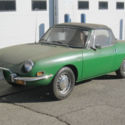 Survivor 2 Door Convertible Sports Car Roadster Vintage Road Race Car Project MG
Survivor 2 Door Convertible Sports Car Roadster Vintage Road Race Car Project MG
Mileage: 51,450
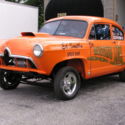 1951 henry J hot rod, street rod, gasser, rat rod, EX drag car, pro street, race
1951 henry J hot rod, street rod, gasser, rat rod, EX drag car, pro street, race
Mileage: 999
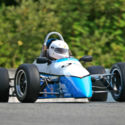 1974 VINTAGE FORMULA FOUR XPIT F4 RACE CAR TURN KEY TRACK READY Honda CB750 SOHC
1974 VINTAGE FORMULA FOUR XPIT F4 RACE CAR TURN KEY TRACK READY Honda CB750 SOHC
Mileage: n/A
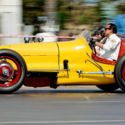 1937 Miller Special Ford oval race aluminum dirt track road regular open 2 place
1937 Miller Special Ford oval race aluminum dirt track road regular open 2 place
Mileage: 500
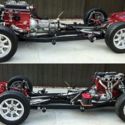 Ideal for the track or street, or as a chassis for display.
Ideal for the track or street, or as a chassis for display.
Mileage: 74,397
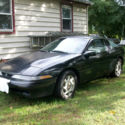 1990 JEEP EAGLE TALON SPORTS CAR BARN FIND DRIFTING HONDA RACE CAR TUNER
1990 JEEP EAGLE TALON SPORTS CAR BARN FIND DRIFTING HONDA RACE CAR TUNER
Mileage: 61,000
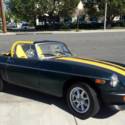 NO RESERVE 1977 MGB Roadster - Track/pro touring - Restoration almost complete.
NO RESERVE 1977 MGB Roadster - Track/pro touring - Restoration almost complete.
Mileage: 108,000
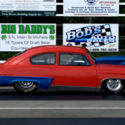 951 Henry J 2 door all steel Drag car, Street Rod, Hot Rod, Gasser, Race Car
951 Henry J 2 door all steel Drag car, Street Rod, Hot Rod, Gasser, Race Car
Mileage: 100
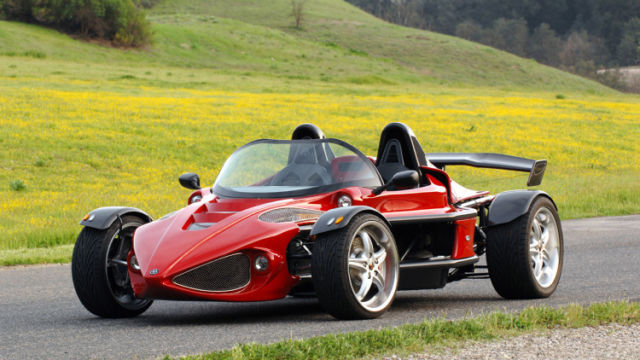


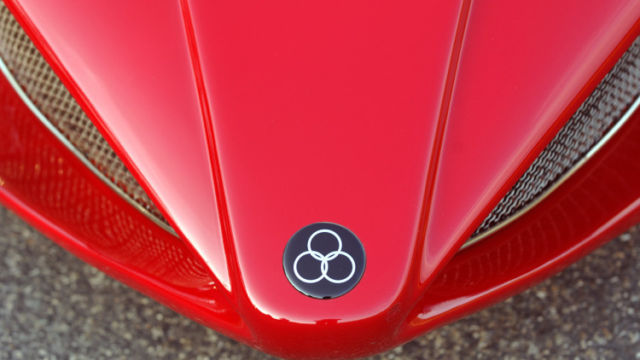
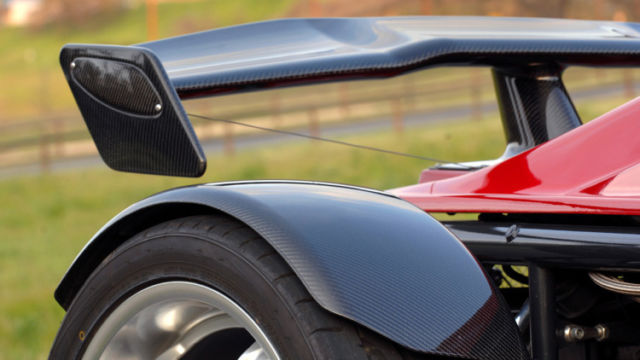
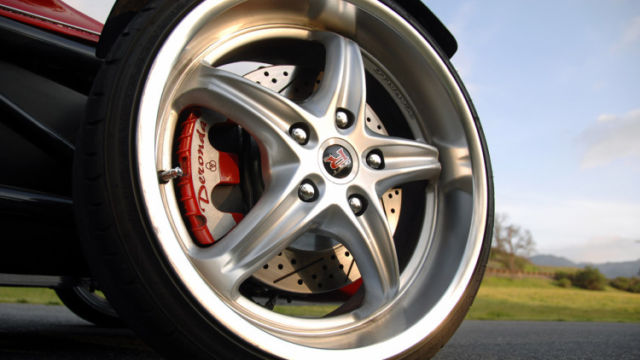
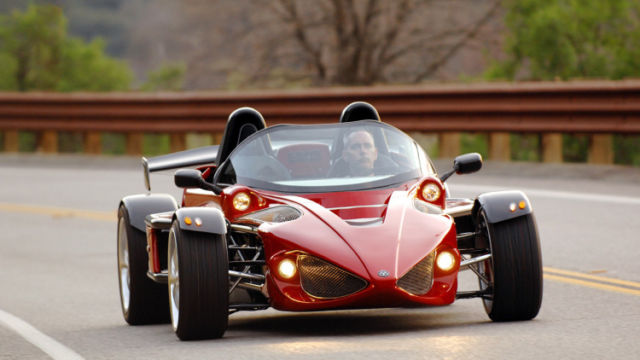
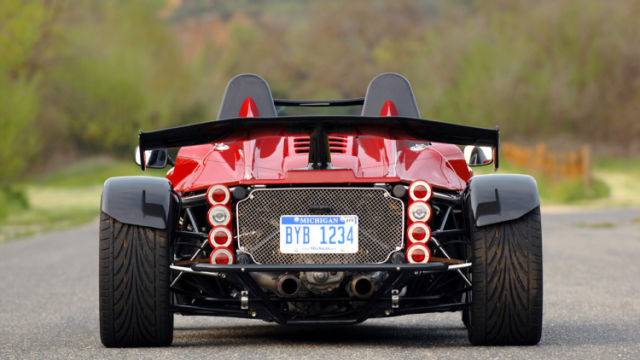
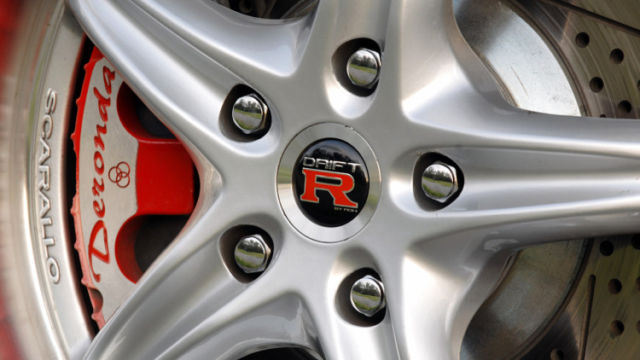
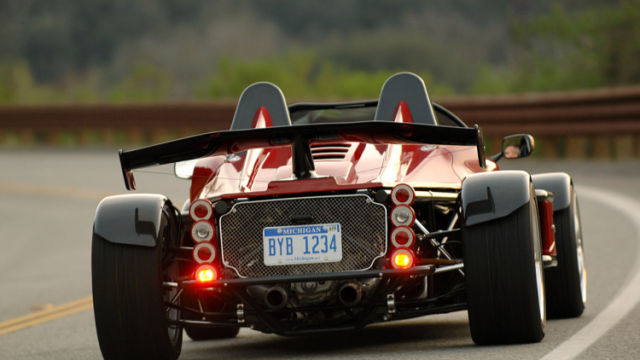

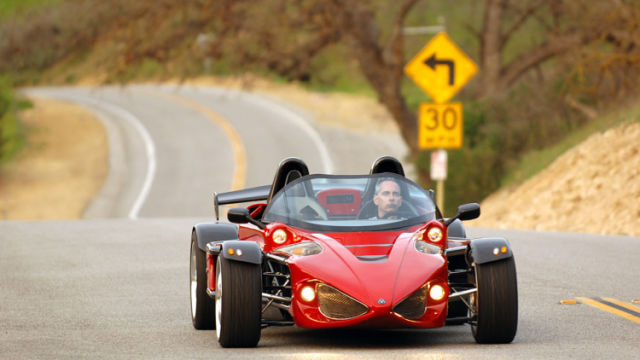
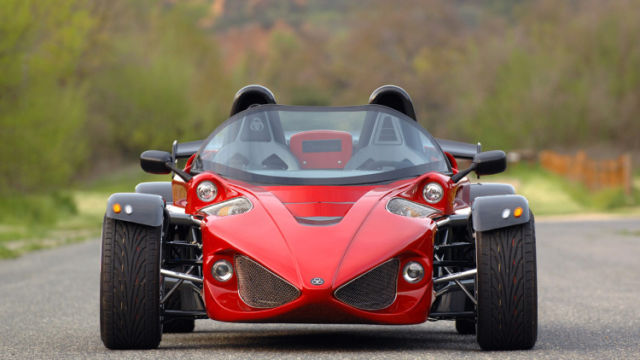
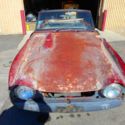 1964 Triumph TR4 Sports Car Convertible 1963 TR2 TR3 TR5 Road Race Scca Tiger MG
1964 Triumph TR4 Sports Car Convertible 1963 TR2 TR3 TR5 Road Race Scca Tiger MG
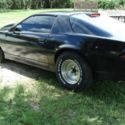 86' Z28 IROC Pro Street / Muscle Car / Hot Rod / Race
86' Z28 IROC Pro Street / Muscle Car / Hot Rod / Race